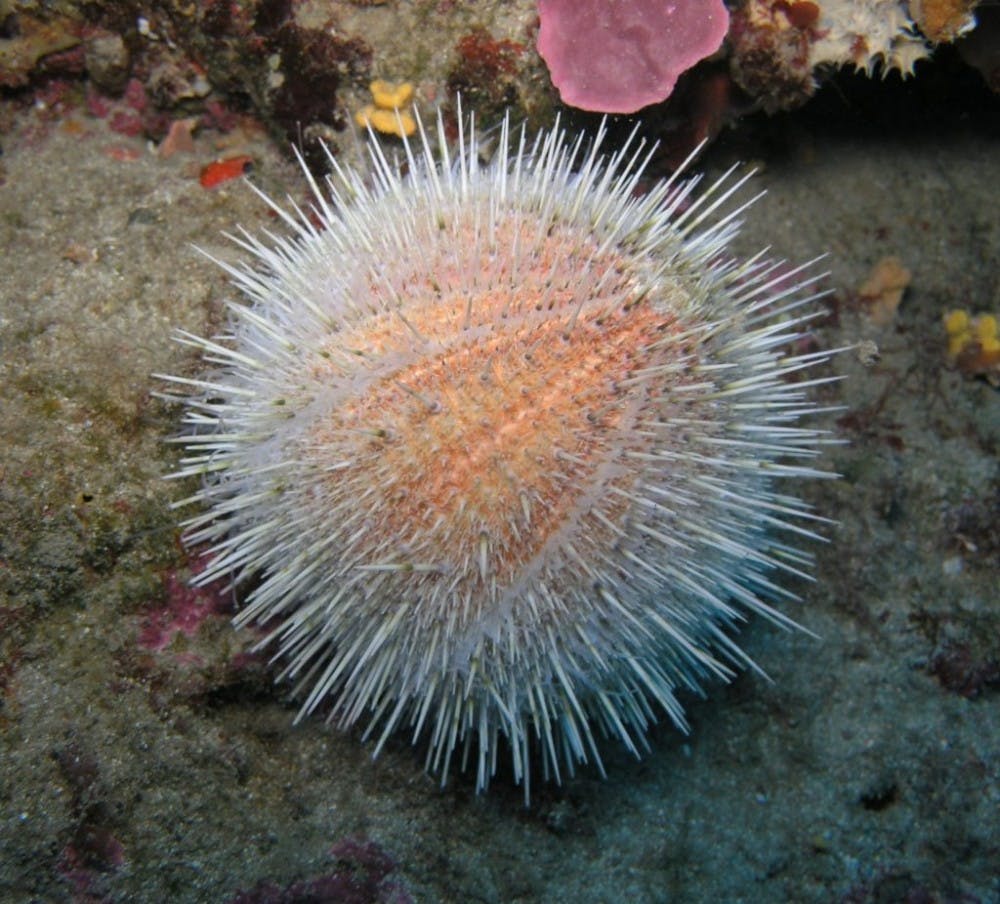Chinese and American researchers from various universities have collaborated and subsequently developed sea urchin spines into a new bone grafting material.
Bone grafting is a surgical procedure that places new bone or bone substitutes into spaces around a broken bone. The technique, also known as transplanting bone tissue, is used to fuse joints to prevent movement, repair fractured bones and repair injured bones that have not healed properly.
The procedure has a high success rate because bone has the ability to regenerate completely if provided with space in which to grow. Thus, as native bone grows, it will generally replace the graft material completely, resulting in a fully integrated region of new bone.
Between 1992 and 2007, American surgeons used bone grafts in nearly two million patients. However today, doctors perform more than two million procedures annually to heal bone fractures and defects from trauma and disease.
Surgeons rely upon a variety of different sources for the material to make grafts, including the patient’s own bones, artificial bone made out of substances such as calcium phosphates, bones from other species or bones from donors (bone is only second to blood as the most donated tissue).
Scientists have recently learned that sea urchin spines may be good to use for bone grafts as they are strong and porous, similar to human bones. Sea urchin spines may be a good alternative to the synthetic material, hydroxyapatite, which tends to be brittle and weak.
Using hydroxyapatite in bone transplants can potentially cause inflammation when small pieces of the graft break up and dislodge themselves, subsequently embedding themselves in soft tissue.
On the other hand, sea urchin spines naturally have a structure similar to that of human bones. The research team, led by Lei Cao of the Shenyang National Laboratory for Materials Science, Institute of Metal Research, Chinese Academy of the Sciences, wanted to create a stronger scaffold to use.
Cao used a hydrothermal reaction to convert the spines into biodegradable scaffolds, which maintained the spines’ original shape.
In this way, the team ensured that the strength of the spines was comparable to that of naturally occurring bones. They essentially reinforced the spines during this process. The conversation also meant that the scaffolds could be individualized; The team could cut and drill them to a specified shape and size.
Next, the team tested their new scaffolds in animal models. They used the new scaffold as a bone graft in rabbits with damaged femurs and found that new bone grew after one month. By three months, the rabbits’ own bone and the scaffold had fused together nicely. By seven months, the scaffold was almost entirely degraded and replaced by the rabbits’ own bone.
The researchers hope their findings could inspire the design of new lightweight materials for repairing bones.

















